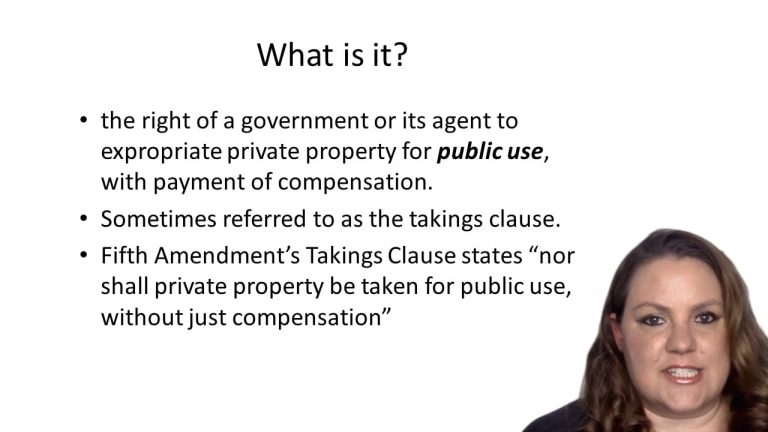SmartBrief
Confirm favorite deletion?
Property Keyed to Merrill
Miller v. Schoene
Citation:
276 U.S. 272Facts
The Cedar Rust Act provided a comprehensive scheme for the destruction of red cedar trees infected by cedar rust. Cedar rust is an infectious plant disease that is destructive of the fruit and foliage of the apple. Apple growing is one of the principal agricultural pursuits in Virginia. The apple is exported in large quantities, and millions of dollars are invested in the apple orchards, which play a large role in Virginia’s economy. Pursuant to the act, Schoene, the state entomologist, filed suit to order the Millers to remove the red cedar trees on their property. The Millers were compensated for the removal costs, but they were not compensated for the devaluation of their property.
Only StudyBuddy Pro offers the complete Case Brief Anatomy*
Access the most important case brief elements for optimal case understanding.
*Case Brief Anatomy includes: Brief Prologue, Complete Case Brief, Brief Epilogue
- The Brief Prologue provides necessary case brief introductory information and includes:
Topic:
Identifies the topic of law and where this case fits within your course outline.Parties:
Identifies the cast of characters involved in the case.Procedural Posture & History:
Shares the case history with how lower courts have ruled on the matter.Case Key Terms, Acts, Doctrines, etc.:
A case specific Legal Term Dictionary.Case Doctrines, Acts, Statutes, Amendments and Treatises:
Identifies and Defines Legal Authority used in this case.
- The Case Brief is the complete case summarized and authored in the traditional Law School I.R.A.C. format. The Pro case brief includes:
Brief Facts:
A Synopsis of the Facts of the case.Rule of Law:
Identifies the Legal Principle the Court used in deciding the case.Facts:
What are the factual circumstances that gave rise to the civil or criminal case? What is the relationship of the Parties that are involved in the case.Issue(s):
Lists the Questions of Law that are raised by the Facts of the case.Holding:
Shares the Court's answer to the legal questions raised in the issue.Concurring / Dissenting Opinions:
Includes valuable concurring or dissenting opinions and their key points.Reasoning and Analysis:
Identifies the chain of argument(s) which led the judges to rule as they did.
- The Brief Prologue closes the case brief with important forward-looking discussion and includes:
Policy:
Identifies the Policy if any that has been established by the case.Court Direction:
Shares where the Court went from here for this case.

 7m 10s
7m 10s